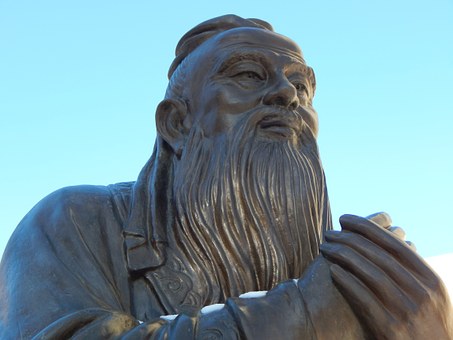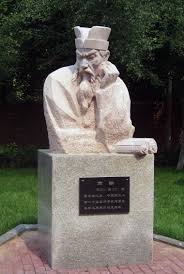Worldwide, we humans have created cultures that still prevail and shape peoples’ lives. Nowadays, religion and culture define a human being in society. You would come across several terms like Yin and Yang, Confucianism, Taoism, and Legalism, that emerged from the Far Eastern countries. Read on to get an idea of what these cultural terms stand for and the basic principles behind them.
Which is Yin and which is Yang:

Yin and Yang denote two halves that complete each other. The symbol also represents change. Yin stands for the “shady side” and Yang for the “sunny side’. Another example is, the upper body corresponds to the Yang and the lower body roots into the Yin. Yin and Yang meet at the center of the body. The actual name for the Yin Yang symbol is “Tajitu”.
We can find this symbol in many cultures, although, over a period, it has come to represent Taoism. Ying and Yang and are interdependent. Hence, to define one, you should define the other. The nature of Yin and Yang is ever-changing. There is a constant transformation of aspects. As one aspect increases, the other decreases. This maintains the balance of the whole. Moreover, Chinese healing practices use the concept of Yin and Yang.
What is the culture of Taoism:
In the Taoism culture, there are includes many deities, though Tao is not a deity and not worshiped as such. It promotes the quest for spiritual immortality. It encourages living an ego-less and virtuous life. Beyond that, Taoist practices, rituals, and beliefs are diverse.
Qigong, a Taoist practice, is about the pattern of breaths and physical movement. Knowledge of body patterns is the basis of this Taoist practice to maintain health.
Like Hinduism and Buddhism, Taoism also may include the practice of meditation and chanting. Feng shui and fortune-telling are also practiced by Taoists.
What is Confucianism culture:

Confucianism arose from the teachings of Confucius and his disciples. It is also called Ruism. This major system of thought in China adheres to the principles of good conduct. It includes practical wisdom and proper social relationships.
Confucianism culture has provided a background for Chinese political theories and institutions. It gives importance to family and social harmony, rather than on a source of spiritual values. The core of Confucianism is humanistic.
“Our greatest glory is not in never falling, but in rising every time we fall. “
Confucius
What does Legalism mean?

Legalism formed the ideological basis of China’s first imperial dynasty in 221–207 BCE. It attained prominence during the turbulent Warring States era. This was through the influence of the philosophers Shang Yang, Li Si, and Hanfeizi.
“No benefit is more constant than simplicity; no happiness more constant than peace. “
Hanfeizi
Legalism insisted that we model political institutions in response to the realities of human behavior. It was because it believed that human beings are selfish and short-sighted. Hence, social harmony can be achieved only by absolute obedience to authority.
The Legalists had a government of rigid laws. It prescribed the citizens punishments and rewards for specific behaviour. They focussed on the direction of all human activity toward the goal of increasing ruler’s power.

